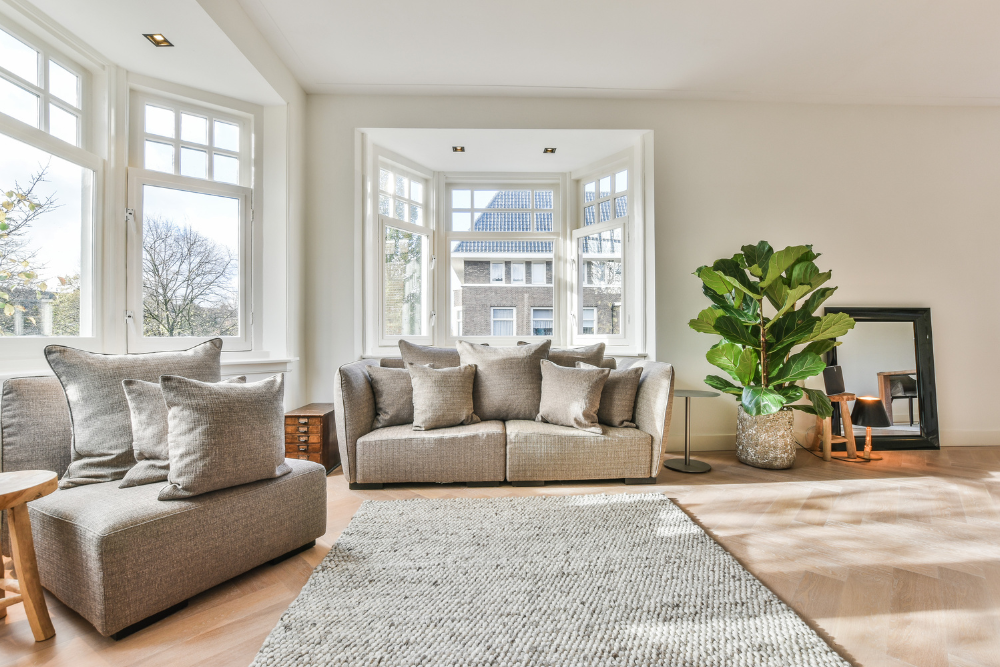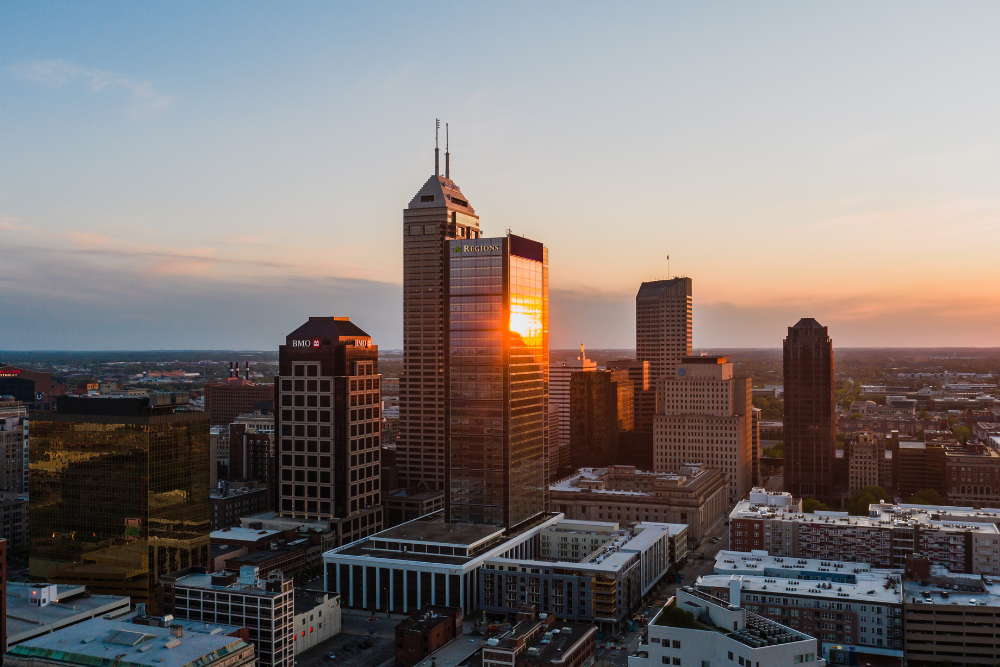As remote work continues to redefine our professional landscapes, its impacts ripple across various aspects of life, including housing markets. The Midwest, long regarded as America's heartland, is witnessing a housing transformation that mirrors the broader shifts instigated by remote work. By 2025, these changes are dramatically reshaping options for housing seekers and investors alike. In this blog, we'll explore the pivotal trends emerging in the Midwest housing market and how they're intertwined with the rise of remote work. Whether you're a potential homeowner, a real estate enthusiast, or an investor, understanding these trends will offer valuable insights and opportunities. Let's delve into how remote work is revolutionizing the Midwest housing scene.
Reimagined Living: The Surge of Affordable, Spacious Homes in the Midwest
As remote work gains popularity, employees are no longer tethered to urban centers, leading many to explore more affordable and spacious living options. The Midwest has become a prime destination for those seeking value without sacrificing comfort. Regions such as Indiana, Ohio, and Missouri are experiencing a surge in demand for larger homes, as remote workers prioritize space for home offices and flexible living arrangements.
In enhanced competition with traditionally high-cost coastal urban areas, Midwest cities offer significantly lower housing prices while maintaining quality and accessibility. This affordability is a key attraction, with many workers realizing the financial benefits of reduced living costs. Moreover, the region's expansive landscapes provide the perfect backdrop for eco-friendly housing solutions, appealing to environmentally conscious buyers.

Tech-Enabled Workspaces: Smart Homes and the Future of Remote Work
The adoption of remote work has heightened the emphasis on incorporating technology into daily life, including living environments. The Midwest is embracing this trend, with an uptick in demand for smart homes designed to accommodate the needs of remote workers. These residences are equipped with the latest technology, from reliable high-speed internet and smart office features to energy-efficient systems, ensuring productivity and convenience.
Furthermore, developers in the Midwest are capitalizing on the growing demand for tech-enabled neighborhoods. These communities offer shared co-working spaces and parks equipped with Wi-Fi, nurturing a culture that blurs the lines between work and leisure. By fostering collaborative environments within residential areas, the Midwest is creating a unique proposition for remote workers seeking a balanced lifestyle.

Revitalizing Communities: The Rise of New Economic Hubs in the Midwest
Remote work has not only inspired shifts in housing preferences but also spurred economic revitalization across various Midwest communities. Vibrant towns such as Sioux Falls, Omaha, and Des Moines have emerged as burgeoning economic hubs, attracting businesses and remote workers alike.
These revitalized areas offer a wealth of opportunities, from entrepreneurial ventures to new job markets, enhancing the regional economy. The influx of remote workers is driving the growth of local businesses, cultural attractions, and infrastructure developments. This transformation is reawakening the Midwest's potential as a dynamic area ready for innovation and growth.

As we navigate 2025, the Midwest housing market is a testament to the profound impact remote work is having on American lifestyles. By offering affordable space, integrating technology seamlessly into daily living, and revitalizing communities, the Midwest is poised to become a leading region for remote work-friendly housing. Whether you're looking to relocate or invest, tapping into these evolving trends may open doors to unparalleled opportunities.



